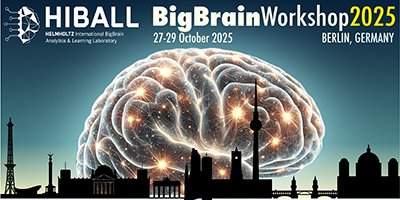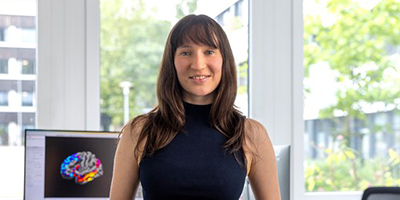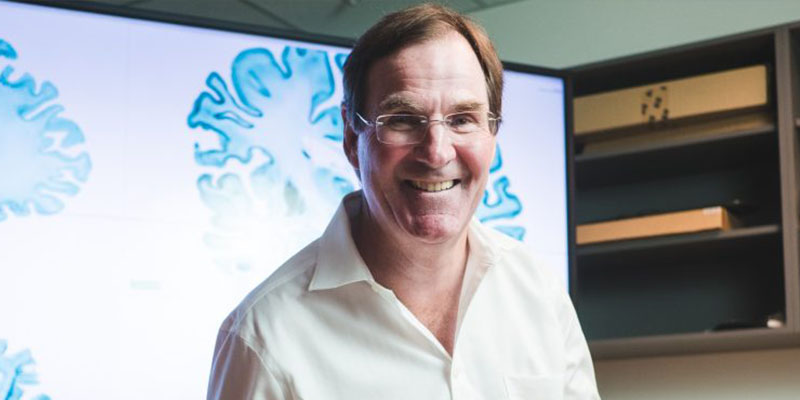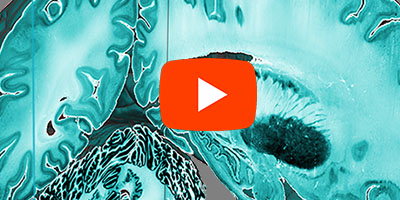News About the BigBrain

BigBrain Workshop Videos 2025
date: Dec 1, 2025
The 9th BigBrain Workshop took place in Berlin, Germany. The conference started with a training day on Oct 27th, and the main events happening on the 28th and 29th. Click below to see the full conference videos.
Read More 
Casey Paquola receives Early Excellence in Science Award
date: Nov 3, 2025
Dr Casey Paquola has been honoured with the Early Excellence in Science Award by the Bayer Foundation.
read more 
Women in Science Award for Casey Paquola
date: Sept 19, 2025
Congratulations to Casey on receiving the prestigious For Women in Science Award, presented by L’Oréal together with the German UNESCO Commission and the German Humboldt Network.
read more 
Featured Video from 8th BigBrain Workshop 2024
date: Sept 15, 2025
This video features "EEG Simulation through Integration of Structural Connectivity Data and High-Density Surface Meshes in Brain Region-Specific Network Models" by Alejandro Salinas-Medina.
watch video 
HIBALL team at OHBM 2025
date: July 14, 2025
The HIBALL team met at OHBM 2025 in Brisbane and presented the BigBrain together with the Julich Brain Atlas
go to HBM site 
Alan Evans appointed to the Order of Canada
date: July 03, 2025
Congratulations to Alan Evans for his appointment to the Order of Canada.
read more 
BigBrain Project Channel
date: May 8, 2025
Please visit the BigBrain Project channel on Youtube. There you will find a library of recordings from events as well as demonstrations of the tools.
go to channel 
Featured Paper: Integrating brainstem and cortical functional architectures
date: Jan 31, 2025
In this study (“Integrating brainstem and cortical functional architectures”), we sought out to understand the functional interplay between the cortex and brainstem in awake humans.
read more 
Katrin Amunt's receives honorary doctorate from the University of Maastricht
date: Jan 31, 2025
“Charting the human brain” Katrin Amunts receives honorary doctorate for groundbreaking research
read more 




